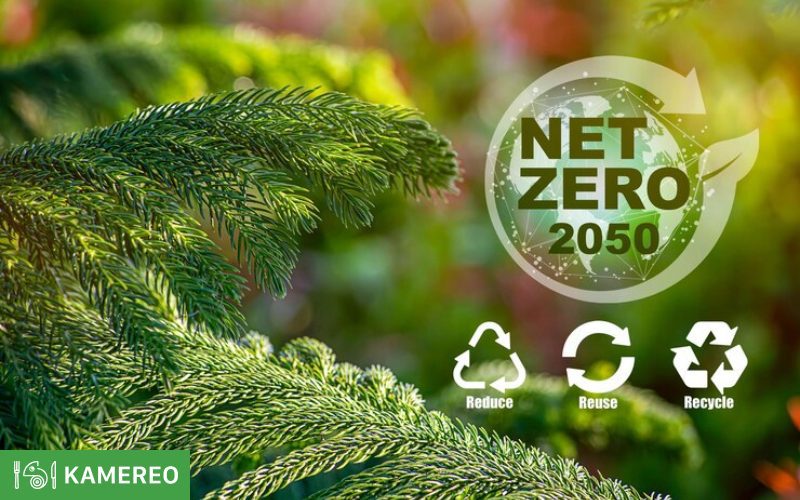To achieve the goal of net-zero emissions by 2050, what transformative actions are required? What should businesses do to reach the Net Zero target by 2050? Let’s explore these questions with Kamereo in the article below!
Table of Contents
What is Net Zero?
“Net Zero” refers to the goal of reducing human-generated greenhouse gas emissions to zero globally. This doesn’t mean that humans must completely stop emitting greenhouse gasses, but rather that the amount emitted is balanced with the amount removed from the atmosphere through methods like reforestation and carbon storage. This goal aims to mitigate the impacts of climate change, particularly by reducing global warming.
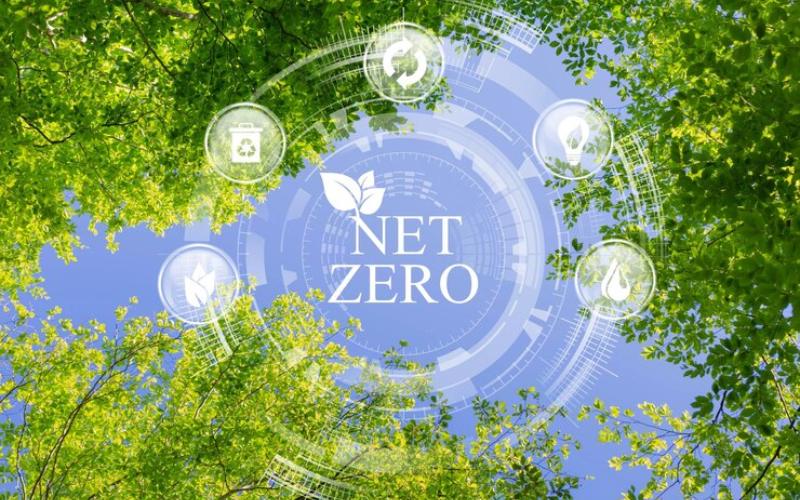
The International Energy Agency (IEA) has mapped out the “Net Zero by 2050” pathway, setting a critical roadmap for the global energy sector to reduce carbon dioxide emissions to zero by 2025, in line with the Paris Agreement’s goal of limiting global warming to 1.5°C above pre-industrial levels.
At the United Nations, Prime Minister Pham Minh Chinh emphasized Vietnam’s commitment to achieving Net Zero by 2050. With full international support, Vietnam aims to rapidly reduce greenhouse gas emissions by 43.5% by 2030 and reach more than 70% renewable energy by 2050.
The Difference Between Reducing Carbon Dioxide Emissions and Net Zero
Here is a detailed comparison between reducing carbon dioxide emissions and achieving Net Zero:
|
Criteria |
Reducing CO2 Emissions |
Net Zero |
|
Goal |
Reduce CO2 emissions from human activities to slow the rise in CO2 levels and minimize environmental and health impacts. |
Balance between emissions and the ability to absorb or remove greenhouse gases from the atmosphere, achieving net-zero emissions. |
|
Method |
Improve energy efficiency, use renewable energy, adopt clean technology, and change consumer behavior. |
Include direct emission reduction methods and invest in CO2 capture technologies, environmental restoration projects like reforestation, and CCS (Carbon Capture and Storage). |
|
Importance |
Focus on immediate and direct reduction of greenhouse gases, with a direct impact on controlling greenhouse gas concentrations in the atmosphere. |
Emphasizes long-term sustainable balance, comprehensive climate change mitigation, considering both emission reduction and absorption capacity. |

Both goals are crucial in global efforts to reduce the impacts of climate change and protect the environment. Reducing CO2 emissions addresses immediate and direct emission reductions, while Net Zero aims for long-term sustainability and balance in the climate system.
The Importance of Net Zero
Achieving the Net Zero goal is of immense importance, as it helps mitigate the negative impacts of climate change while contributing to global sustainable development. Here are some key points about the importance of achieving Net Zero:
Mitigating Climate Change Impacts
Achieving Net Zero means reducing greenhouse gas emissions to levels that natural ecosystems and technologies can absorb, thereby reducing global warming, protecting ecosystems, and minimizing extreme weather events.
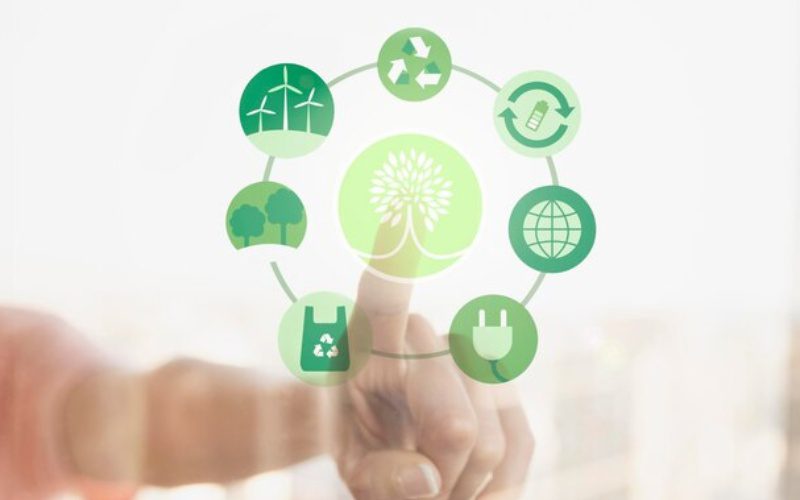
Protecting Human Health:
Air pollution from industrial and transportation emissions causes numerous health issues, including respiratory and cardiovascular diseases. Reducing greenhouse gas emissions also means improving air quality and protecting public health.
Promoting Renewable Energy:
Transitioning to renewable energy sources like wind and solar not only reduces dependence on fossil fuels but also diversifies energy sources, lowers energy costs, and enhances energy security.

Economic Opportunities:
Investing in clean technology and renewable energy opens up new economic development opportunities, creates jobs, and fosters innovation. Economies proactive in energy transition will have a competitive advantage in a globally focused sustainable economy.
International Commitments:
Achieving Net Zero is a commitment made by many countries under international agreements like the Paris Agreement on climate change. Successfully fulfilling these commitments not only enhances international credibility but also contributes to global efforts to address climate change.
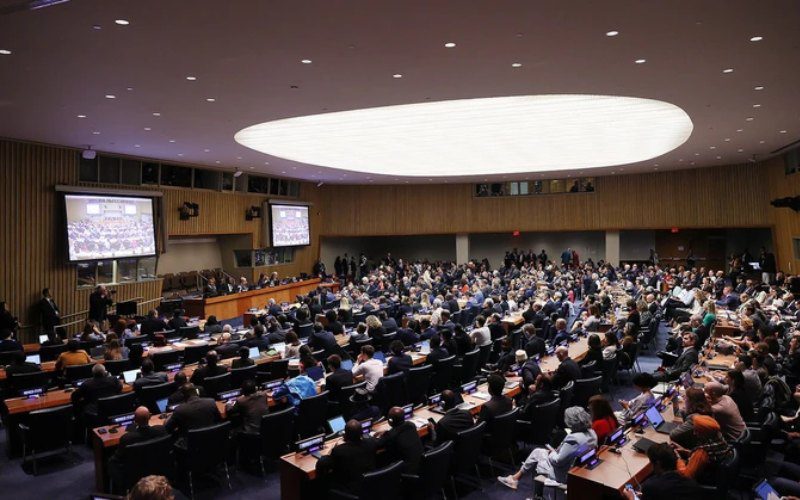
Achieving Net Zero requires global cooperation, technological innovation, and changes in policy and consumer habits.
How to Achieve Net Zero?
Achieving Net Zero by 2050 requires balancing carbon emissions with the ability to remove carbon from the atmosphere through a combination of various strategies and technologies. This is a complex process requiring participation from governments, businesses, and individuals.
Strong Political Commitment
Commitment from leaders and governments is necessary to enforce policies and regulations that support achieving Net Zero, including setting legally binding targets and providing financial support for green projects.

- The UK government became one of the first G7 nations to enact legally binding Net Zero targets by 2050. This significant step reflects the country’s strong commitment to combating climate change.
- The UK announced the “10-Point Plan for a Green Industrial Revolution” in 2020, including investments in offshore wind energy, increasing electric vehicle use, developing carbon capture and storage (CCS) technology, and other Net Zero initiatives.
Transition to Renewable Energy
Transitioning to renewable energy is a crucial step in combating climate change and achieving net-zero emissions. Renewable energy includes sources generated from continuously replenishing natural processes, such as solar, wind, and water.

According to the IPCC’s Special Report on Climate Change and Land, a rapid transition to renewable energy is necessary to limit global warming to below 1.5°C above pre-industrial levels.
Carbon Capture and Storage (CCS)
Carbon Capture and Storage (CCS) is a technical process designed to reduce carbon dioxide (CO2) emissions into the atmosphere, playing a vital role in mitigating climate change. CCS involves three main steps: capturing CO2 at the emission source, transporting CO2 to a storage site, and storing CO2 underground or beneath the seabed.
NETL has published studies showing that CCS is essential to achieving emission reduction targets in the energy sector, particularly in coal-fired power plants.
Reforestation and Sustainable Agriculture
Enhancing forest management, reforestation, and preserving wetlands can absorb CO2 from the atmosphere. Sustainable agriculture and farming techniques that help soil absorb more carbon also contribute to the Net Zero goal.

Supporting Policies and Regulations for Net Zero
Policies and regulations play a crucial role in shaping and guiding the actions of individuals, organizations, and businesses. Creating a policy environment that encourages innovation and the adoption of green technology includes regulations on emission standards, tax incentives for clean technology, and support for developing green infrastructure.
The Vietnamese government has begun encouraging the use of electric vehicles by reducing taxes and providing financial incentives for consumers and electric vehicle manufacturers. The goal is to minimize air pollution and CO2 emissions from the transportation sector.
Vietnam in the Race to Net Zero 2050
Vietnam has officially joined the global race to achieve Net Zero by 2050, reflecting the nation’s strong commitment to mitigating the impacts of climate change. Here are some detailed policies and initiatives that Vietnam has implemented to reach this goal:
International Commitments
At the COP 26 Climate Summit in Glasgow, Vietnamese Prime Minister Pham Minh Chinh announced Vietnam’s commitment to achieving Net Zero by 2050. This is part of a global effort to reduce carbon emissions and combat climate change.
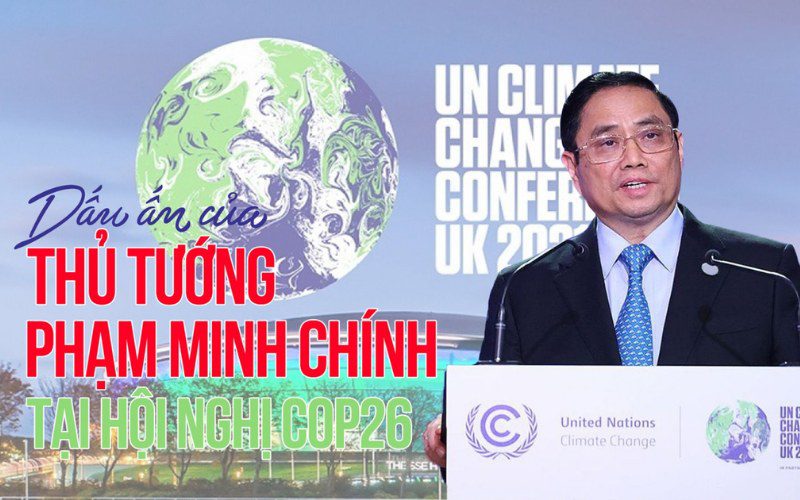
Policies and Initiatives
- Renewable Energy Development: Strengthening and promoting the development of renewable energy, especially solar and wind energy. By 2020, Vietnam had become one of the largest solar energy markets in Southeast Asia. The government has also issued support mechanisms for pricing to encourage investment in this sector.
- Electric Vehicle Promotion: Vietnam is encouraging the use of electric vehicles by reducing taxes and providing other incentives for consumers and electric vehicle manufacturers.
- Environmental Protection Law 2020: Proposals for handling and solutions in the Environmental Protection Law 2020 include new regulations on waste management, emissions, and biodiversity protection, aiming to move Vietnam toward a green and sustainable economy.

Projects and Investments
Although Vietnam has not widely implemented CCS technology due to financial constraints and application methods, there are plans and proposals for research on the feasibility and effectiveness of this technology in the near future.
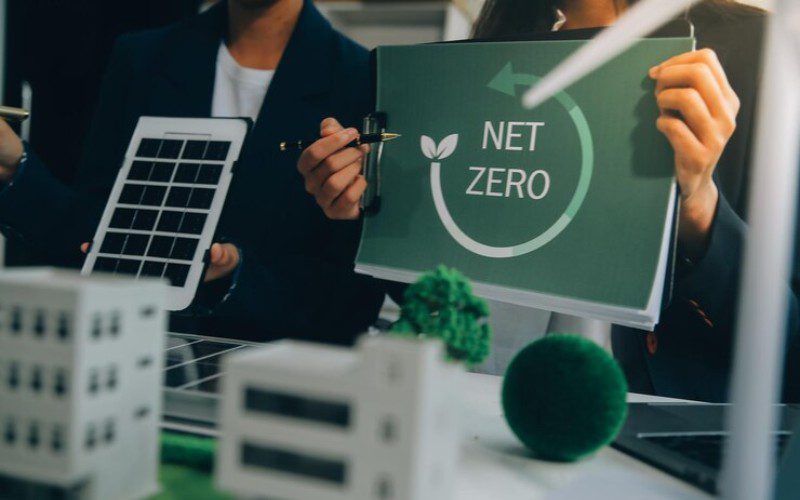
Conclusion
So, what is Net Zero? And what should businesses do to achieve net-zero emissions? We hope the article above has answered your questions. To read more useful articles, follow Business Case Study for more valuable insights!
More:



